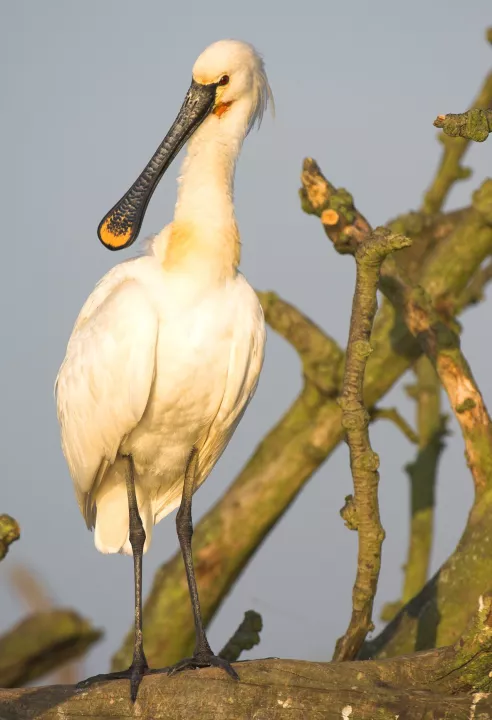Ijzervallei

In this Natura 2000 area we find 'De Blankaart'. The area is accessible via signposted trails from sunrise to sunset. The castle park and the front zone of the nature reserve are easily accessible, even with wheelchairs. Adjust your walking footwear to the season and weather conditions. The Blankaart is a flood area and therefore difficult or impossible to access during very wet periods.
In the depths of winter, the IJzerbroeken and the Handzaamvallei, just like the Uitkerkse Polder, are always home to tens of thousands of 'freeze geese'. A popular collective name for all geese species that visit this region in winter. In the IJzer Valley it is mainly about the white-fronted goose.
With every winter flood, the beautiful little swans also appear again in the IJzer and Handzame valley. No one remains unmoved when he sees and hears a flight of swans flying by. The slow, rustling wingbeat and grunting, honking or yapping calls are impressive. Little swans are always a stately, 'noble' appearance to enjoy intensely.
Reed birds, such as the reed warbler and the reed warbler, need reeds. They find food in the young reeds. Old reeds are sufficiently high to shelter in and make a nest. So we provide a patchwork of old and young reeds.
The nature development works have produced many additional shallow water features. Ideal for foraging spoonbills that have been breeding in the area since 2013. De Blankaart is the second location in Flanders where this wader has established itself as a new breeding bird.
The wild water lily grows on the castle pond and the pond along the plank path to the viewing tower. The species is also returning in the canals and canals between the Blankaart pond and IJzer.
Click here for more information about Blankaart in the 'Ijzervallei' area!
Click here to go to the Bioblitz page of this Natura 2000 area.
Click here to install Obsidentify.
Photo: Vilda
